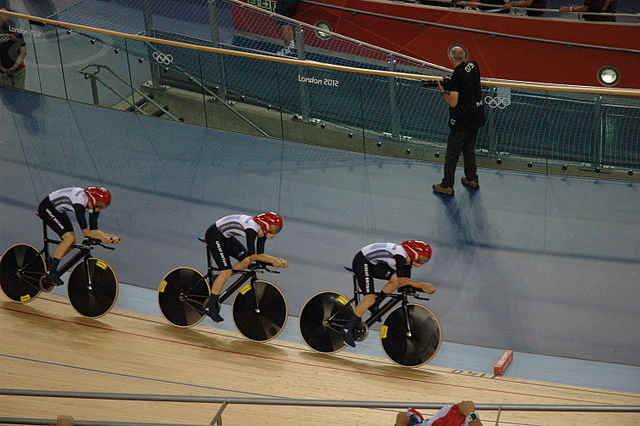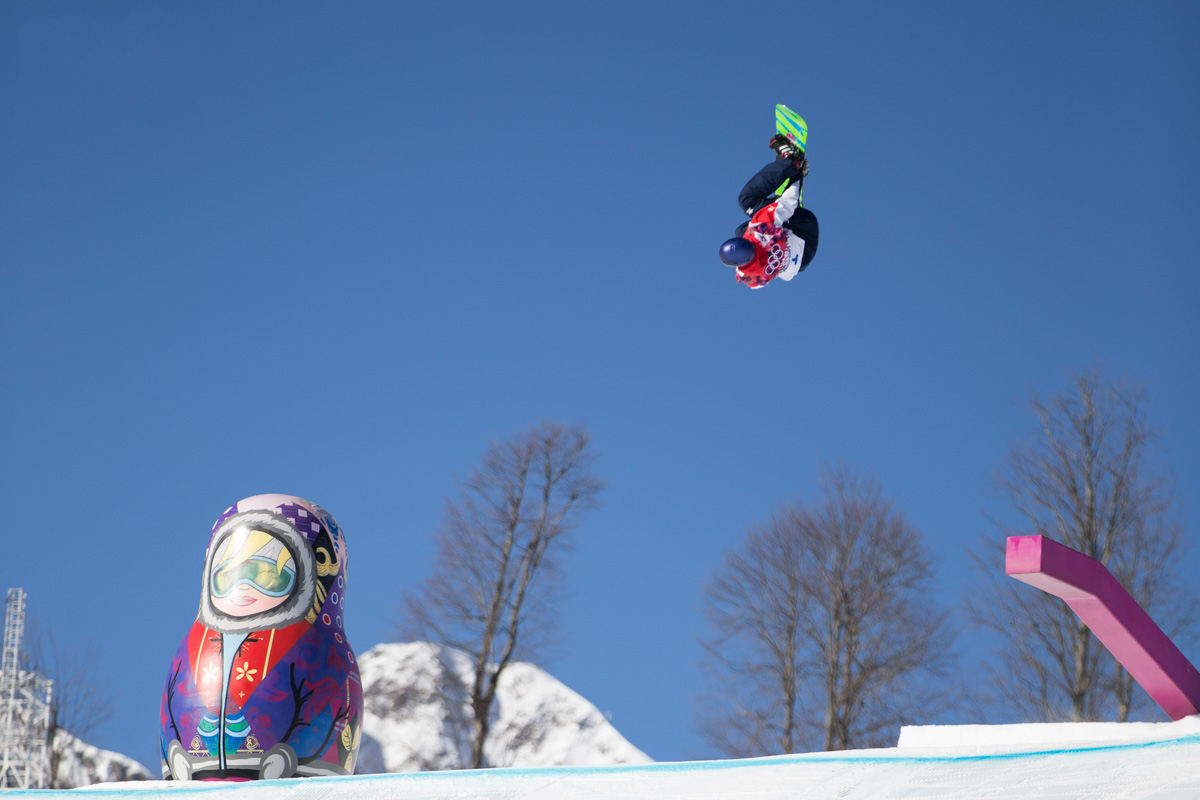Williams says: “We know very little. There are a handful of genetic variants in a handful of genes we’re reasonably confident about. These include the ACTN3 gene [which codes for a protein found in the fastest kind of muscle fibres, in one study no Olympic sprinter had the negative TT version of that gene]. And genes for VO2 Max and trainability. But these are tiny pieces of a big jigsaw. We will know more in time.”
“We know there’s a strong genetic component to things like sprinting speed and height so it’s already happening to an extent. Is it different ethically or morally to test the DNA directly?”
And when they do, the tiptoeing through the ethical minefield will well and truly begin. Williams is part of a team at the British Association of Sport and Exercise Sciences, which is already addressing such issues as they arise.
I ask Williams whether it would be right for a football team to take a genetic swab of a child before signing them for their youth academy, for example to check their potential speed, trainability or even injury risk. He says: “That’s a tricky one to think about. Football clubs currently take young people on at around seven or eight and do lots of assessments. They watch them but also do physiological tests such as height, strength, endurance, sprinting speed and making decisions on a judgement on their potential from it.”
“We know there’s a strong genetic component to things like sprinting speed and height so it’s already happening to an extent. Is it different ethically or morally to test the DNA directly? It’s not clear that it is, it’s an extension of what currently goes on.”
How about if parents started testing their own kids? “Many companies already offer genetic tests claiming they’ll tell you the sporting potential of your children but the science is still very weak. But as the data becomes stronger I’d feel slightly less comfortable with that, especially as a parent.”
“It could change a family’s relationship and should a parent be choosing what sports their child does? Would they be well enough informed? I’d be more comfortable with professionals using and advising on the data.”
The idea that the sports you played as a child would be determined by your genes rather than the ones you enjoyed the best sounds incredibly dystopian to me but then maybe we like the sports we’re best at the most, so maybe finding that out sooner would be a positive thing. While I was a good all-rounder sports-wise I spent years trying to be not-crap at gymnastics. It would have been great if my DNA could have saved me from all that pointless leotard-clad embarrassment.
Williams says: “Most people agree that we want people to be physically active but the major barriers to people starting things is the fear of not being good. If they do several sessions and don’t improve they stop. But if you give people the thing they’re better at to start with, that positive feedback might encourage them to do it more often.”









